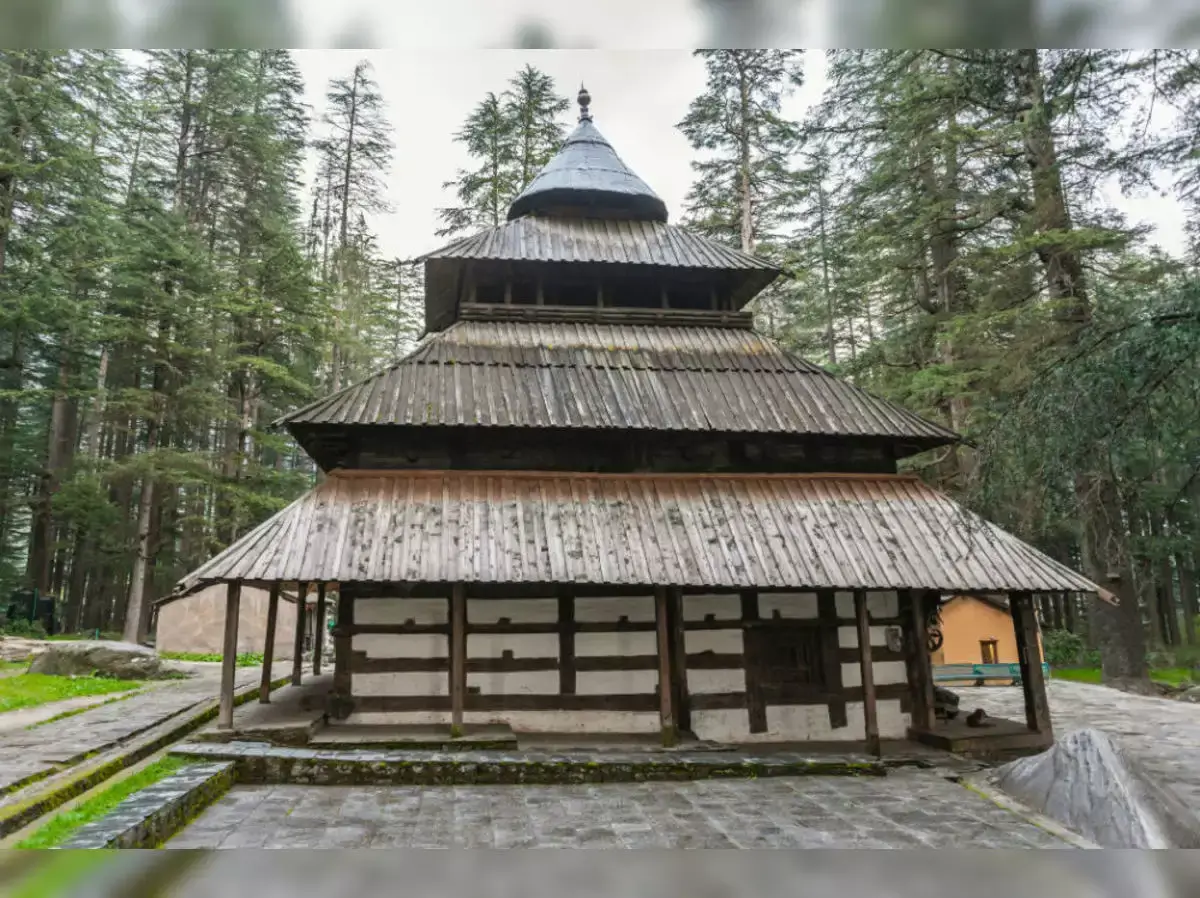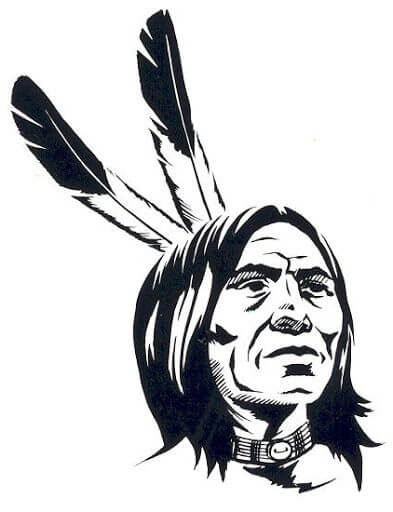- Home
- Holiday Ideas
-
-
- Choose Your Traveling Theme
-
- Adventure Tourism
-
- Cultural Tourism
-
- Tour Packages
-
-
- Packages by State
-
- Holidays by Interest
-
- Popular Tour Packages
-
- Fair And Festivals
-
- Ayurveda And Yoga
-
- Offers
-
- Destinations
-
Manali
Where Adventure Meets Serenity
Manali
The magnetic town of Manali beckons to the soul of adventurers, nature lovers also as solace-seekers. Nestled within the Himalayas, within the north Indian state of Himachal Pradesh, Manali may be a charming hill station. a neighborhood of the northern end of the Kullu Valley, it’s situated by the Beas river at a height of 1,926 m above water level . Floral meadows, gurgling streams, snow-capped mountains, lofty mountain passes, temples and Buddhist monasteries give this small town the allure of a fairy-tale setting.
...One can explore Manali on foot, or try paragliding over its rolling green slopes and apple orchards. If you’re coming here in winters, hit Manali’s snow-covered slopes for skiing. Adventure enthusiasts also come here for river rafting and trekking. A potpourri of cultures and experiences, Manali is that the perfect mountain getaway for everybody .
Manali also finds an area within the pages of Hindu mythology. it’s said that at some point , Varvasvata, who was the seventh incarnation of Manu, writer of the traditional text Manusmriti, found a small fish within the water he was bathing in. The fish asked him to require care of it together day it might be of great service to him. He obeyed and took care of the fish until it grew up then released it into the ocean . Before leaving, the fish warned him that a flood would drown the planet and advised him to create an ark. When the deluge came, Varvasvata and therefore the seven sages were taken to safety by the fish, who is believed to be the primary incarnation of Lord Vishnu. it’s said that when the water receded, the ark came to rest on a hillside that was later named Manali, after Manu. because the water slowly dried, life and natural beauty came alive again and a wide ranging sight was presented to Varvasvata.
How to get there ?
By Air
Bhuntar Airport in Kullu, at a distance of approximately 50 km, is the closest airport to Manali. Regular flight services connect it to New Delhi and Chandigarh.
By Road
It is very convenient to take a bus from Shimla (about 248 km), Kullu (about 40km), Dharamshala (about 236 km), and New Delhi (about 554 km) to reach Manali. These bus services are operated by both, state-run and privately-owned companies.
Rail
The train station at Joginder Nagar in the Mandi district of Himachal Pradesh is nearest to Manali. It is connected to many Indian cities by regular rail service and is located about 160 km from Manali.
Attractions

Hadimba Temple
A place of historical and archaeological importance, the Hadimba or Dhoongri Temple is devoted to Goddess Hadimba, the wife of Bhima, a figure from the epic Mahabharata. it’s among the foremost prominent temples in Manali that pulls tourists both for spiritual reasons and its architectural appeal. The temple is claimed to possess been constructed by the raja of Kullu, Maharaja Bahadur Singh, in 1553. it’s a quaint structure with a four-tiered pagoda-shaped roof and a wooden doorway that’s adorned with carvings of mythological figures and symbols of gods and goddesses, animals, designs resembling leaves and episodes depicting Lord Krishna’s life. The inner sanctum, however, doesn’t house an idol.
Nestled amidst a dense deodar forest, the temple offers picturesque views to visitors, who also can walk round the temple complex and explore the nearby trails. Around 200 m south of the temple stands a scared tree, which is meant to represent Bhima’s son Gatothkach. in sight of its historical and architectural importance, the temple was declared protected as a Monument of National Importance on April 18, 1967.
The temple has also featured prominently in several Bollywood movies including Roja (1992) and Yeh Jawani Hai Diwani (2013). Tourists enjoy taking pictures with white fluffy angora rabbits and yaks here.
Kullu
Commonly mentioned because the ‘Valley of the Gods’, Kullu may be a veritable jewel within the crown of the state of Himachal Pradesh. Spanning over a neighborhood of 547 sq km, its marvellous landscapes, hospitable residents and an upscale cultural heritage have drawn travellers for years. consistent with local lore, Kullu was referred to as Kulanthpitha within the past, meaning the top point of the inhabitable world. It also finds mention within the Hindu epics of Ramayana and Mahabharata. Historians are of an opinion that when upon a time, Kullu boasted several Buddhist monasteries, along side numerous Hindu temples, which people of both faiths co-existed peacefully within the Kullu Valley. The valley is once said to possess been rich in gold, silver, red copper, crystal and bronze .
Its several enjoyable trekking routes, the gorgeous Parbati Valley and quaint temple architecture also are very appealing. The teeming biodiversity of the good Himalayan park acts as another attraction for tourists. October to February, during winters, is taken into account to be the simplest time to go to Kullu, and if you wish the cold, then plan a visit in January. Kullu lies about 40 km from Manali.


Naggar
Naggar may be a small ancient town, situated at an altitude of about 1,851 m. it’s located on the banks of River Beas, and was founded by Raja Visudhpal and continued as headquarters of the state until the capital was transferred to Sultanpur (Kullu) by Jagat Singh, the ruler of Kullu in 1460 AD.
The place enjoys an honest climate. While summers are pleasant, winters are quite cold. one among the must-see sights during this picturesque town is that the Naggar Castle, which is claimed to possess been built by the rulers of Kullu around 1500 AD, before being became a courthouse by British in 1846, and ultimately a hotel in 1976. Exhibits depicting the town’s rich culture and history are often found at the International Roerich Memorial Trust and therefore the Urusvati Himalayan genre Museum. The latter was established for the only purpose of preserving the folks art and craft of the region.
Naggar is definitely accessible from Kullu, located 26 km away, and Manali that lies at a distance of 21 km. the closest airport is at Bhunter, about 36 km away.
Nako Monastery
According to popular belief, this monastery was founded within the 11th century by an renowned ancient translator Lochen Rinchen Zangpo. it’s situated at Nako village, around 6 hours faraway from Manali. The monastery is additionally referred to as the Lotsava Jhakang, which suggests complex of the translator. Situated by the Nako Lake, this serene monastery has been constructed on the pattern of the famous Tabo Monastery, in Spiti Valley, and is split into four halls or chapels. The gate of the monastery is engraved with intricate patterns.
Inspired by Vajrayana Buddhism, the monastery invites people from far and wide. Its walls are adorned with beautiful paintings. The Nako Monastery is additionally said to deal with several idols made from clay and metal, along side stupas and a set of scriptures (Kangyur) that have direct teachings of Lord Buddha.


Rohtang Pass
About 51 km from Manali is that the stunning 3,978-m-high Rohtang Pass, which is that the gateway to Lahaul-Spiti, Pangi Valley and therefore the Ladakh region. one among the foremost scenic places within the state of Himachal Pradesh, the pass remains snow-covered for many of the year and is motorable only from June to October. Lying on the watershed between the basins of the Chenab and Beas rivers, the pass makes for picturesque drives. it’s said to possess once served as an ancient trade route for people living on either side of the Pir Panjal range.
During summer, visitors are often seen enjoying sledge rides within the surrounding snow-covered slopes. But accessing this pass requires special permit, which is valid for less than at some point , and may be obtained from the Tourism Development Council. Those seeking adventure wish to visit Rohtang within the month of May, once they can participate during a wide selection of thrilling activities, like snow scooter rides, skiing and mountain biking.
WANT TO RENT A CAR IN INDIA ?
Choose Your Traveling Theme

 TOUR BOOKING
TOUR BOOKING















